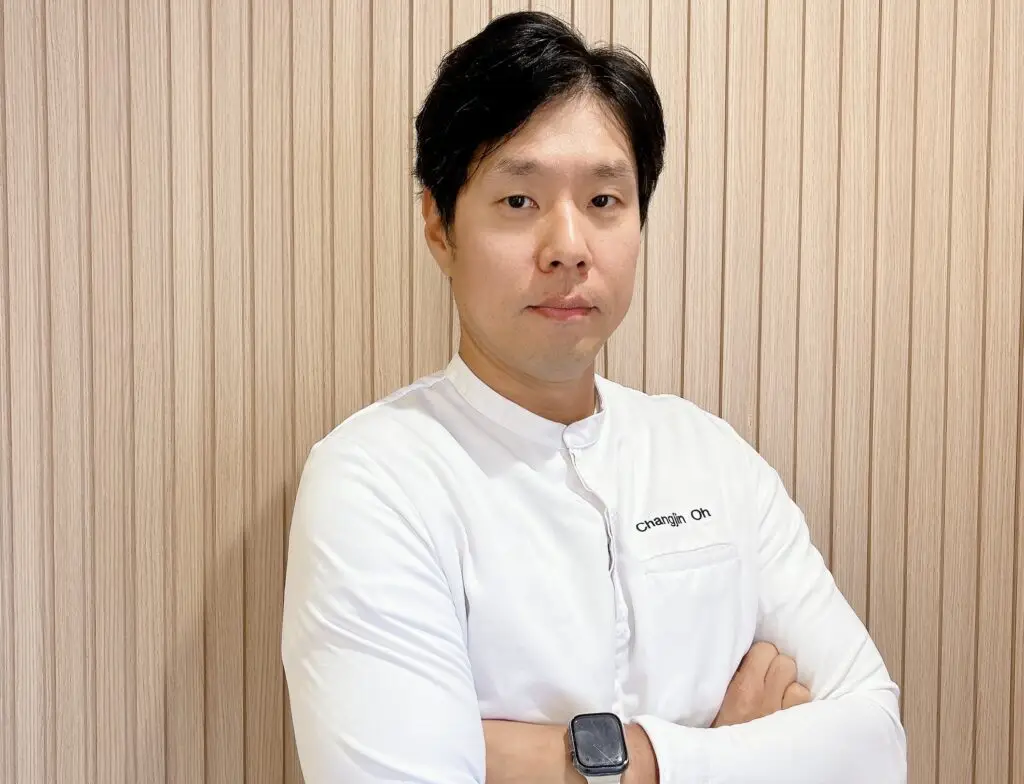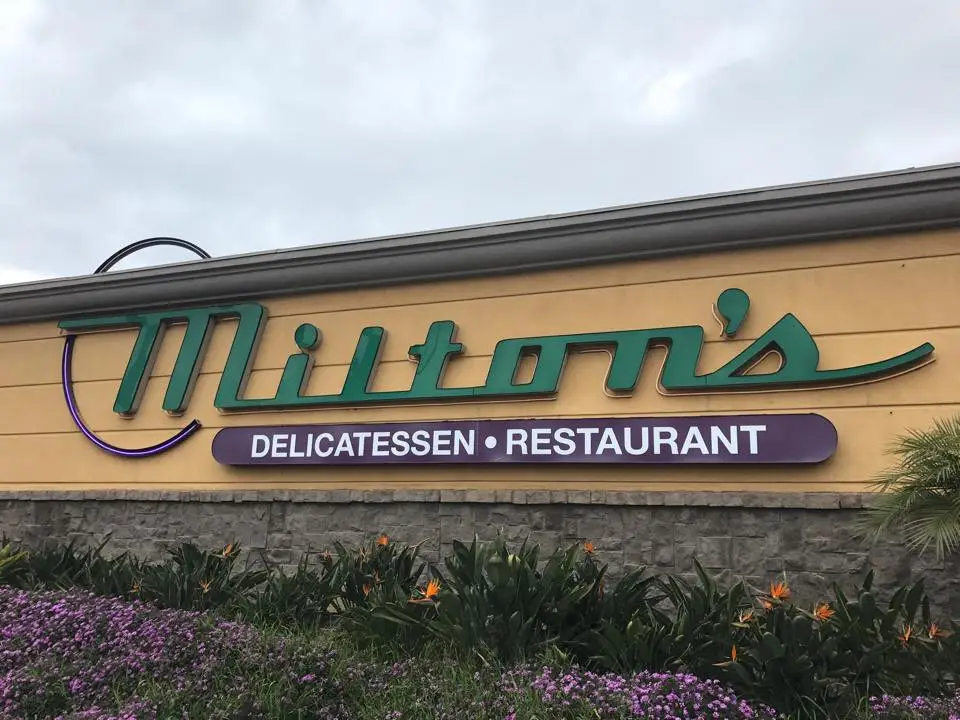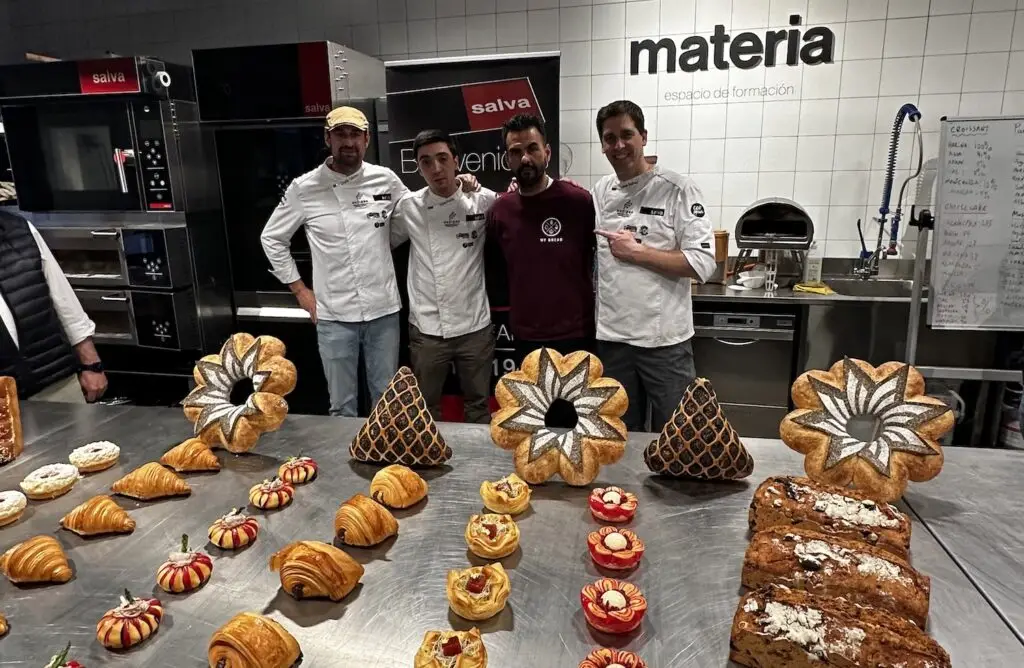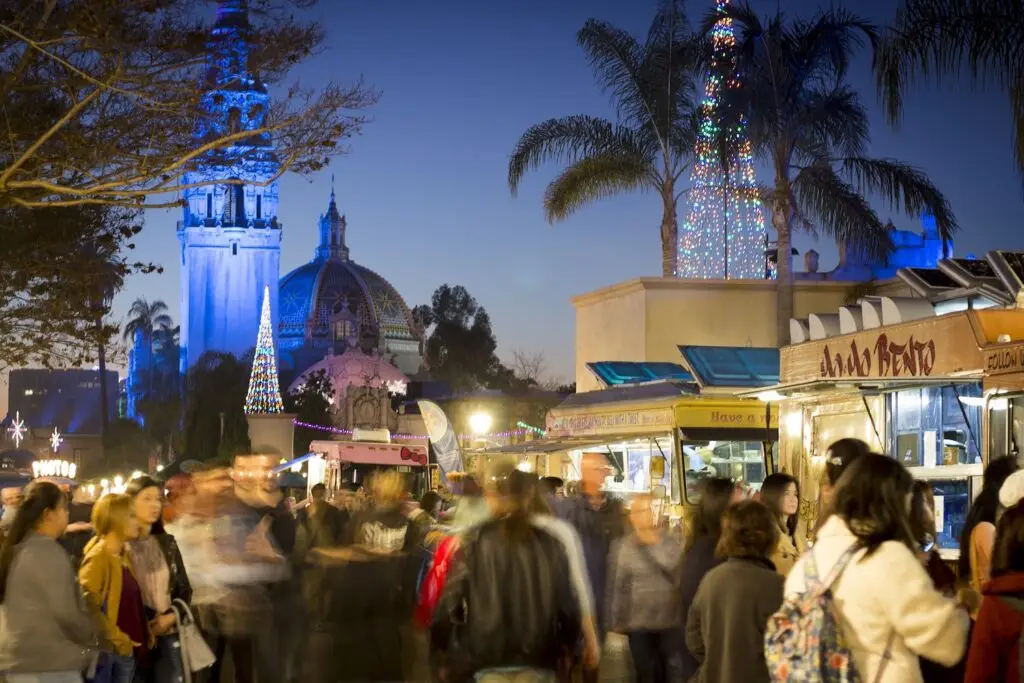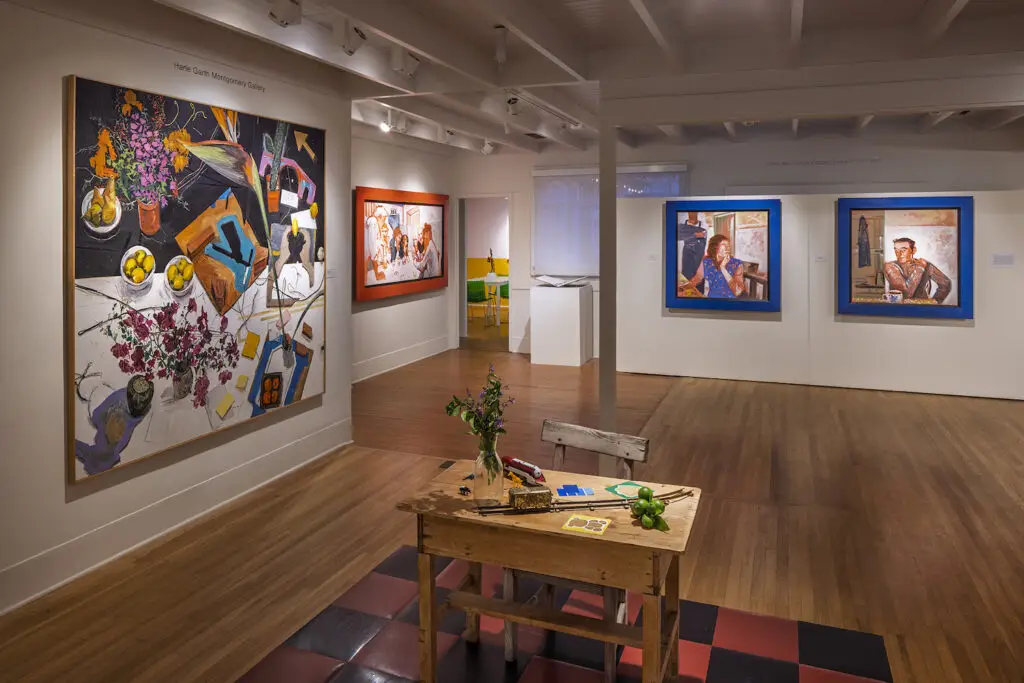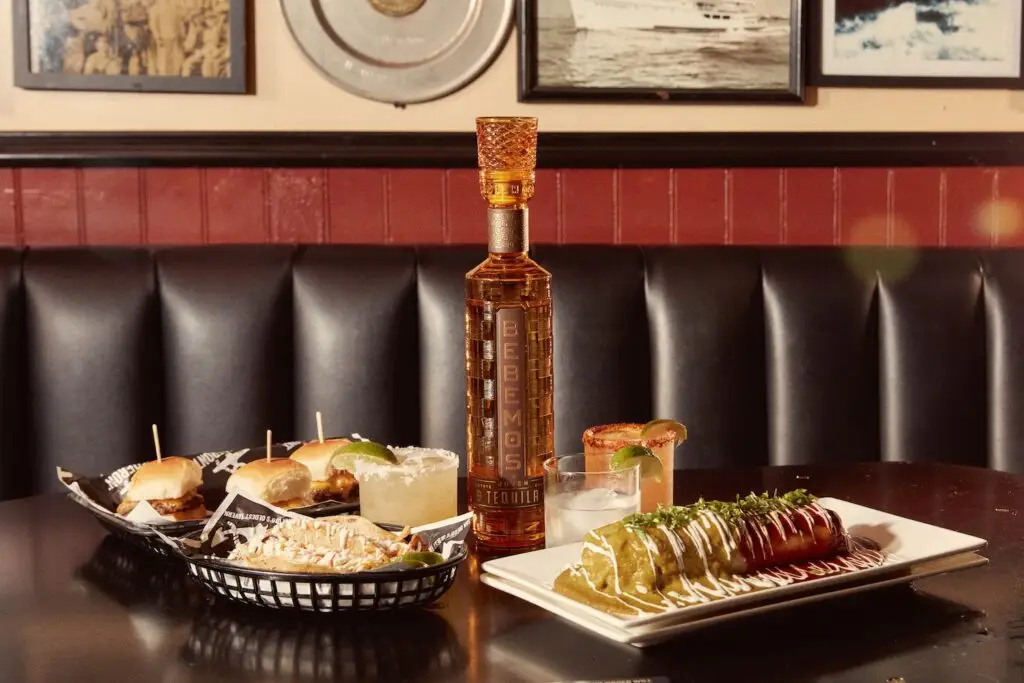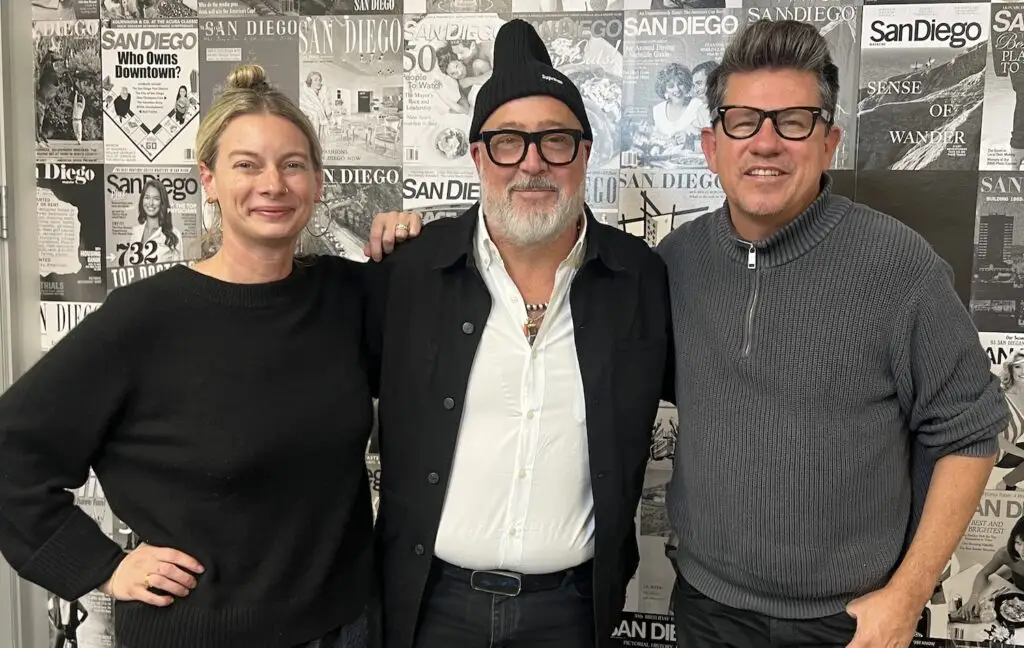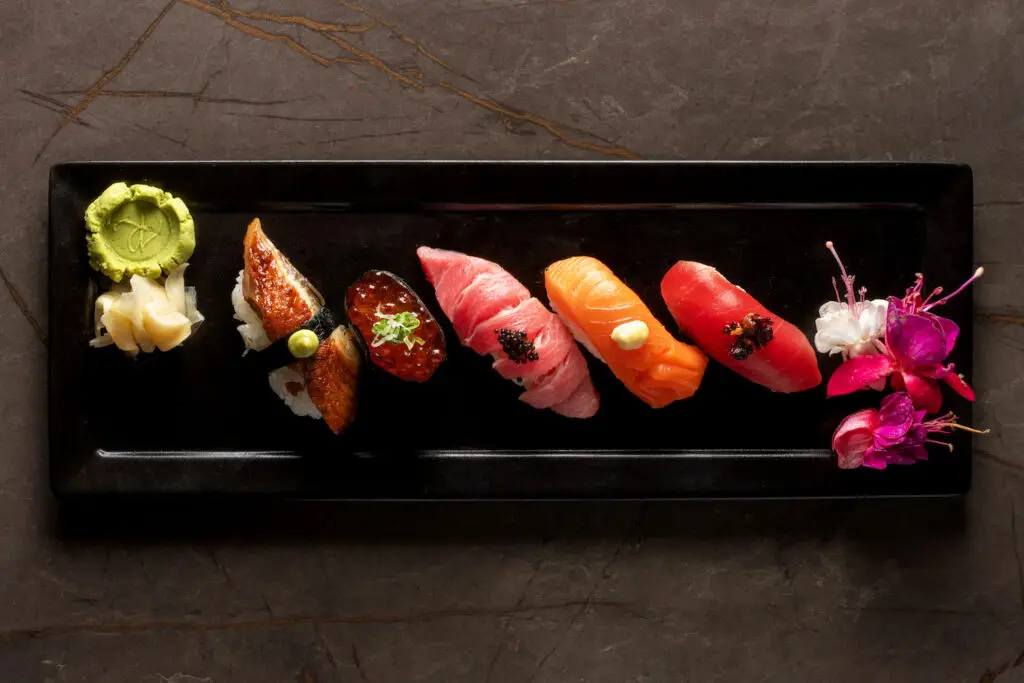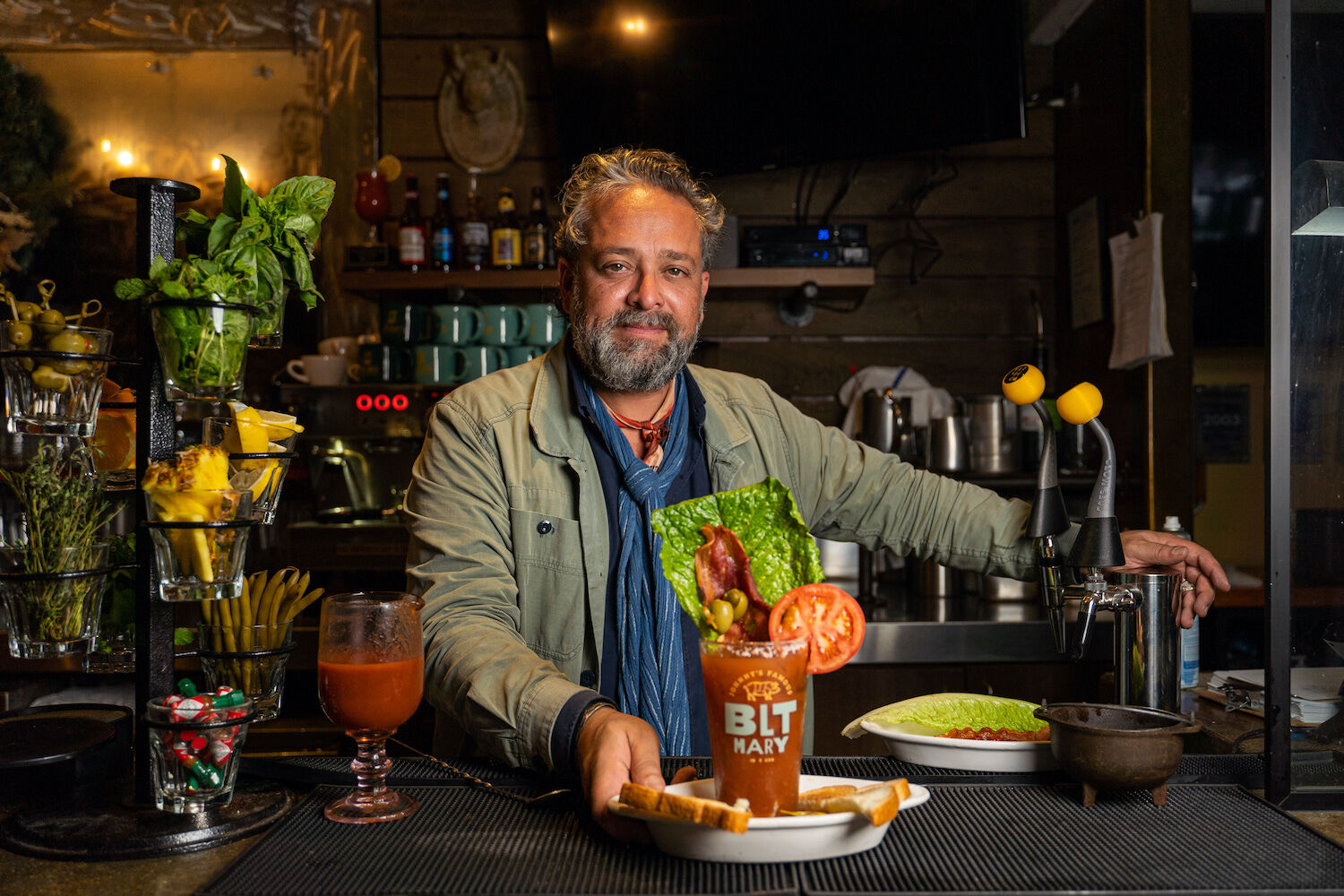
Hash House – Johnny Rivera
Kimberly Motos
Years before Mark Zuckerberg conceived of Facebook, Johnny Rivera was serving Instagrammable brunch dishes and cocktails at his Hillcrest restaurant, Hash House a Go Go. Diners weren’t snapping photos of their food back in 2000 when he debuted the eatery, because social media didn’t exist yet. But Rivera and his business partner, Hash House cofounder and executive chef Craig “Andy” Beardslee, constructed entrées and eye-openers that were unapologetically over-the-top: a stack of bacon waffles capped with a piece of fried chicken impaled by an entire rosemary sprig; a BLT bloody mary garnished with a thick slice of bacon, romaine leaf, and tomato, rimmed with salt and bacon, and served with a side of toast so you can build your own snack while you sip.
Brunch was a different scene back then, Rivera says. Many chefs didn’t want to work the shift because “they didn’t respect it,” and it was a meal offered mainly at upscale hotels. Rivera, who grew up in San Diego and worked as a musician before he became a restaurateur, says his vision for Hash House was to be a place he’d want to dine at the morning after a night out. “Brunch was recovery from the night before, and it was a sense of redemption the next day, where you could revitalize yourself,” he says. He wanted the meal to be a daytime party.
Rivera and Beardslee channeled this energy into the restaurant’s atmosphere. They cranked the music and encouraged diners to let loose. Not everyone was receptive. “The first day we opened, a guy said: ‘The music is too loud in here, you’re never going to make it.’ And I said: ‘Well, sir, this is what we want to do.’”
But their brunch revolution caught on. Six months later, the restaurant was written about in the New York Times. And now, 22 years later, Hash Hash a Go Go has expanded to 13 locations in four states. Rivera also opened solo projects as a part of his brunch galaxy, including The Tractor Room (closed in 2016), and Great Maple in Hillcrest, UTC, Newport Beach, and Pasadena.
A Winning Recipe
One of the things Rivera became most notable for was his take on the standard bloody mary. His B.L.T. Mary, which is a drink and appetizer in one, has appeared on numerous “best” lists in national media and is now a staple of the business. Rivera jokes that “a lot of R&D” went into inventing the drink: “The early morning drink sets the tone for your whole enjoyment of the day. The B.L.T. Mary came from that. I felt like the [standard] drink wasn’t enough—and to be honest with you, while touring, that was my meal.”
Aside from upping the accoutrements for the cocktail, he raised the quality of the tomato mix and crafted a recipe more balanced in flavor and spice. The menu at Hash House has three different bloody marys, while Great Maple has five. The B.L.T. Mary is still the top seller at the former, while the Pickle Mary, with pickle juice and a whole pickle, is the most popular at the latter. About the bloody mary, Rivera says, “It’s not like we invented it, but ultimately we really took it on.”
Back to the Future
Today, Rivera seems to have come full circle, since his newest venture, Wolf in the Woods, has nothing to do with brunch. It’s a quaint neighborhood bistro in Mission Hills that serves charcuterie, tapas, and wine. The menu is heavy on Hatch chiles and the flavors found in northern New Mexico, where his wife, Renee, is from. The restaurant closes at around 9 every night, the music isn’t blasting, and it’s intimate—a place where a couple can linger over a bottle of wine.
Although it doesn’t resemble Rivera’s brunch restaurants, it carries the essence of what he loves about dining out—the social atmosphere, which he’s cherished since he was a kid. He says his family didn’t have much money, but they still managed to dine out once a week.
PARTNER CONTENT
“It seemed as if all our problems went away for a few hours—the clanging of forks, the noise of people laughing,” he says. “The socialization of dining and the
experience of being together was something that always inspired me.”
